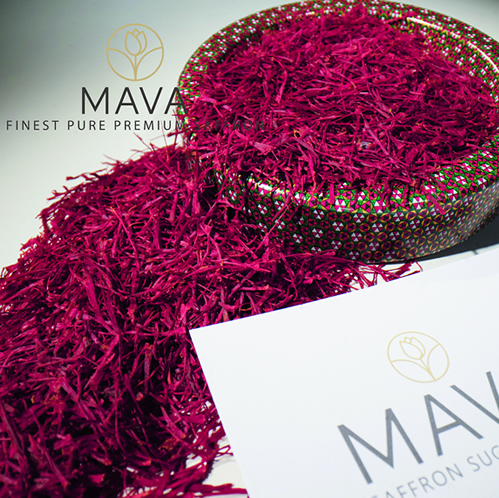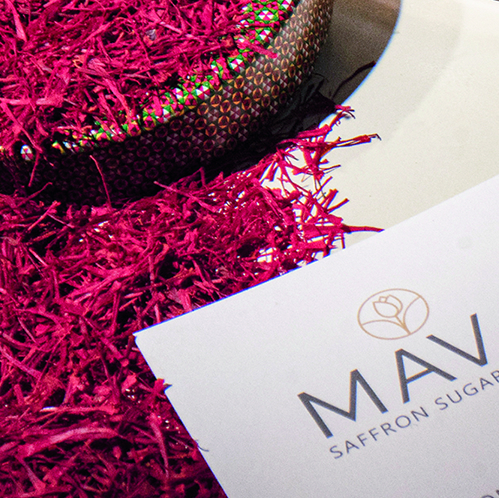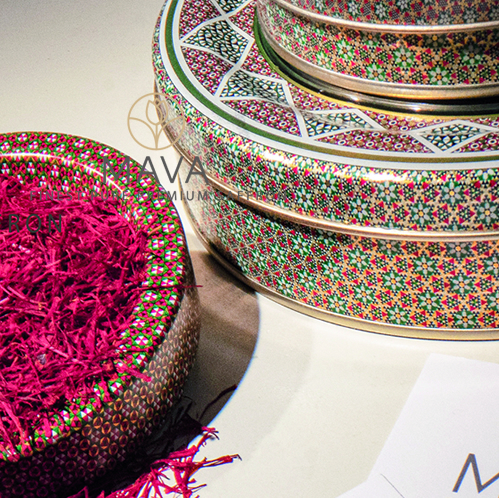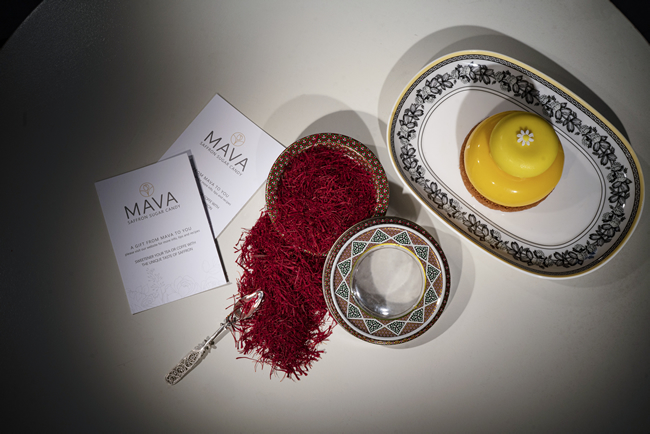Saffron: The King of Spices
What is Saffron?
Saffron is a highly prized spice derived from the flower of Crocus sativus, commonly known as the saffron crocus. It is renowned for its vibrant red stigmas, which are carefully handpicked, dried, and used in various culinary preparations. Saffron has a long and esteemed history, dating back thousands of years, and is considered one of the most expensive spices in the world.
Flavor and Aroma
Saffron has a unique flavor profile that is often described as floral, slightly sweet, and earthy. Its aroma is intense and fragrant, with hints of honey and hay. The distinct taste and aroma of saffron add depth and complexity to dishes, making it a prized ingredient in many cuisines around the globe.
Culinary Uses of Saffron
Saffron is a versatile spice that can be used in both sweet and savory dishes. It is commonly used in rice dishes, such as saffron rice and biryani, to infuse the grains with a beautiful yellow color and a delicate flavor. Saffron also enhances the taste and appearance of soups, stews, sauces, desserts, and beverages. Its vibrant hue and distinctive taste make saffron a popular choice for adding a touch of luxury to special occasions.
Health Benefits of Saffron
Apart from its culinary uses, saffron is also valued for its potential health benefits. It contains compounds such as crocin and safranal, which are believed to possess antioxidant, anti-inflammatory, and mood-enhancing properties. Saffron has been traditionally used in Ayurvedic and Persian medicine for its potential to alleviate symptoms of depression, improve mood, and promote overall well-being. However, further research is needed to fully understand and validate these claims.
Buying Saffron: What to Look For
When purchasing saffron, it is essential to choose a reputable source to ensure you are getting genuine, high-quality saffron. Look for saffron threads that are deep red and have a strong aroma. Avoid powdered saffron or products that claim to contain saffron but are made with fillers or low-grade substitutes. Pure premium saffron is the best option for achieving the desired taste, aroma, and color in your culinary creations.
Safflower: The Golden Substitute
What is Safflower?
Safflower, also known as Carthamus tinctorius, is a thistle-like plant that is cultivated for its oil-rich seeds. Unlike saffron, safflower does not come from the flower's stigma but from the plant's seeds. The seeds are crushed to extract safflower oil, which is used in cooking and as a dietary supplement. Safflower petals are also used as a natural dye and have a distinctive yellow to orange color.
Flavor and Aroma
Safflower has a mild and neutral flavor, making it a versatile ingredient in the kitchen. It has a subtle nutty taste and lacks the intense aroma of saffron. While safflower does not possess the same aromatic qualities as saffron, it can still enhance the visual appeal of dishes with its vibrant color.
Culinary Uses of Safflower
Safflower oil is commonly used in cooking due to its high smoke point and neutral flavor. It is often used as a substitute for other cooking oils and can be used for sautéing, frying, baking, and salad dressings. Safflower petals can be used to impart a natural yellow color to foods such as rice, soups, and stews. However, it's important to note that safflower does not provide the same distinct flavor as saffron.
Health Benefits of Safflower
Safflower oil is rich in unsaturated fats, particularly linoleic acid, which is a type of omega-6 fatty acid. Consuming safflower oil in moderation may help promote heart health by reducing cholesterol levels. Additionally, safflower oil is often used as a dietary supplement due to its potential anti-inflammatory properties. However, more research is needed to fully understand the effects of safflower oil on human health.
Buying Safflower: What to Look For
When purchasing safflower oil, opt for cold-pressed and unrefined varieties to retain the maximum nutritional value. Look for oils that are labeled as high oleic, as they contain a higher concentration of monounsaturated fats. It's important to store safflower oil in a cool, dark place to prevent it from becoming rancid and losing its flavor and health benefits.
Saffron vs. Safflower: A Comparison
| Aspect |
Saffron |
Safflower |
| Source |
Stigmas of the Crocus sativus flower |
Seeds of the Carthamus tinctorius |
| Flavor |
Floral, sweet, earthy |
Mild, nutty |
| Aroma |
Intense, fragrant |
Subtle |
| Culinary Uses |
Rice dishes, soups, stews, desserts |
Cooking oil, natural dye |
| Color |
Yellow to orange |
Yellow to orange |
| Health Benefits |
Antioxidant, anti-inflammatory |
Heart health, potential anti-inflammatory properties |
| Price |
Expensive |
Affordable |
In conclusion, saffron and safflower may share some similarities in appearance, but they are distinct spices with different flavors, aromas, and culinary uses. Saffron, the king of spices, is known for its vibrant color, intense aroma, and unique taste. It adds a touch of luxury to dishes and has potential health benefits. On the other hand, safflower, with its mild flavor and vibrant color, is primarily used as a cooking oil and natural dye.
Whether you choose to indulge in premium saffron or explore the versatility of safflower, both spices have their own place in the culinary world. Experiment with these spices in your recipes and elevate your dishes with their distinct characteristics.
Saffron and Safflower: Where to Buy
Remember to always check the reviews, certifications, and product descriptions to ensure you are buying genuine saffron or safflower.. If you're looking to buy saffron or safflower, there are various options available online. Here are some reputable sources where you can find high-quality saffron and safflower products:
Keep your body healthy and strong with our range of saffron packages – Shop now!
Saffron rice is a popular dish in many cultures. When you purchase saffron, you are supporting local growers and farmers in countries such as Iran, Spain, and India.

Indulge in the ultimate culinary experience with our premium saffron threads. Harvested from the finest saffron flowers.
£9.36

Pure A grade Saffron is handpicked from the high-altitude farms of Khorasan. With its intense aroma, brilliant color, and distinctive taste.
£18.77

Indulge in the luxurious taste and aroma of the world's finest grade saffron threads. Contains only the highest quality saffron.
£29.85



